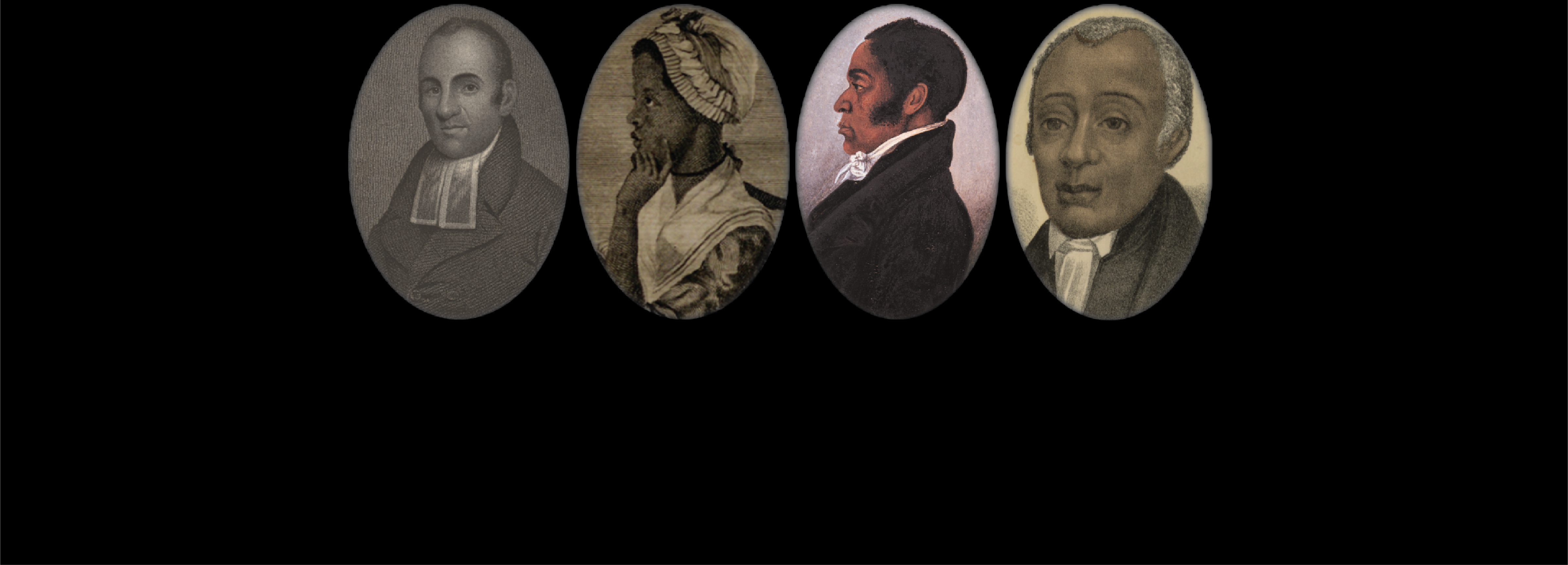Spotlights on Primary Sources
Spotlights on Primary Sources provide a deep dive into documents from the Gilder Lehrman Collection, offering explanatory text, a transcript, and an image of a featured document. The spotlights below illuminate the experience of Black Americans during the Founding Era. Click on individual spotlights for printer-friendly resources, and note that additional questions for classroom discussion are available to K–12 teachers and parents. View our full collection of Spotlights here.
The New York Conspiracy of 1741
A bond for the manumission of a slave, 1757
Former slave, Doctor Cuffee Saunders, 1781
Romeo Smith: Slave, Soldier, Freeman, 1784
Phillis Wheatley’s poem on tyranny and slavery, 1772
Lord Dunmore’s Proclamation, 1775
An African American soldier’s pay warrant, 1780
Black volunteers in the nation’s first epidemic, 1793
Slavery in the New York State census, 1800
John Adams on the abolition of slavery, 1801
Exhibition
Through August 25, 2021, the Gilder Lehrman Collection had a small exhibition at the New-York Historical Society featuring documents from our archives on Black Lives in the Founding Era. Documents include:
- The Declaration of Independence: Even though the Declaration of Independence states “all men are created equal,” Black people in the founding era were denied those unalienable rights. The documents in this exhibition demonstrate how six Black men fought to claim those rights for themselves and their posterity.
- An excerpt from “General Assembly of the Governor and Company of the State of Rhode Island and Providence Plantations ... Providence, 1777,” which discusses Quaco Honeyman, an enslaved man who escaped to the mainland and provided the Americans with information that led to the capture of General Prescott. This document, written in January 1782, recognizes Quaco’s valuable service to the war effort and grants him his freedom.
- An excerpt from an 1806 letter from Peter Kiteridge to the Selectmen of Medfield, Massachusetts. Kiteridge, who served in the Continental Army, asks in this letter for support for his family and describes his experience as an enslaved man, a soldier, and a free man.
- An excerpt from a 1787 petition by Prince Hall, entitled “To the Honorable Council & House of Representatives for the State of Massachusetts-Bay.” Hall, who had been enslaved for thirty-five years before being freed around 1770, demanded that the state protect Black citizens and abolish slavery.
- An excerpt from a 1791 letter from Benjamin Banneker to Thomas Jefferson, in which he argues that the existence of slavery was inconsistent with the ideals of the Declaration of Independence. Banneker, a self-taught scientist and mathematician, reminded Jefferson of the anti-slavery rhetoric that was used by the colonists to protest their enslavement to England prior to the Revolution.
- The certificate of freedom for Richard Jackson, which free “blacks and mulattos” were required to file in order to vote in New York State, pursuant to the 1811 law An Act to Prevent Frauds and Perjuries at Elections and to Prevent Slaves from Voting.
- An excerpt from an 1813 pamphlet written by James Forten, an influential citizen and businessman in Philadelphia who had been born into a family of free Blacks. In this pamphlet, Forten argues that Black people have the unalienable rights set forth in the Declaration of Independence and are protected by the Constitution.
